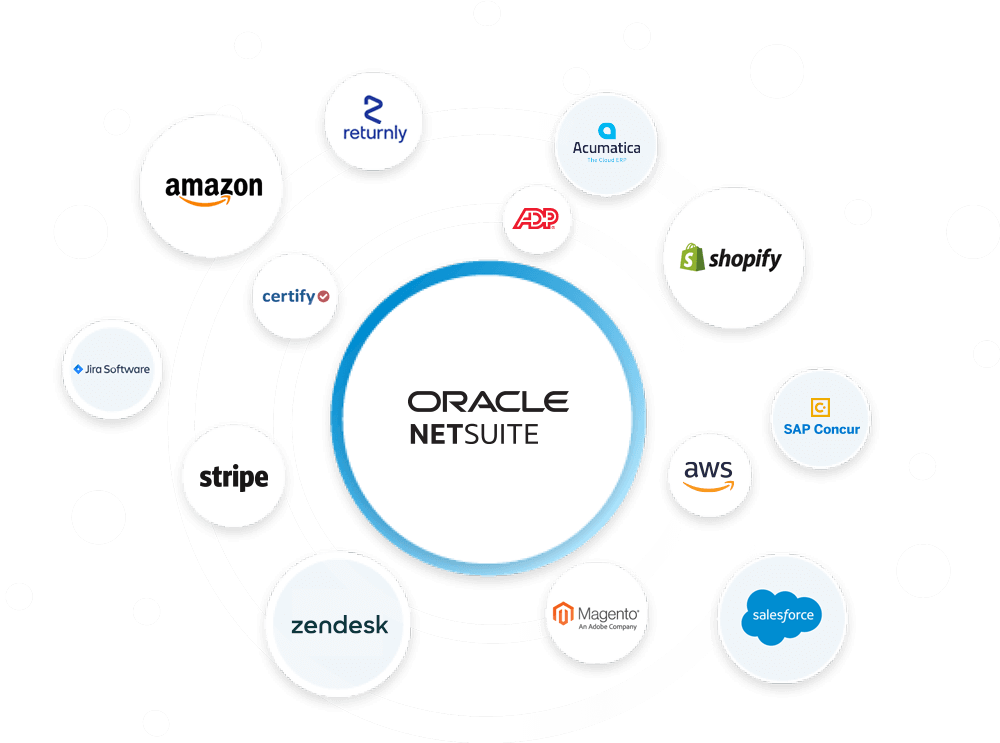Problem: Stuck Cash Sales & Inventory Headaches
Managing online and in-store sales across 22 brick-and-mortar locations is no small feat—especially when inventory isn’t up to date. This high-volume retailer relied on Celigo to sync Shopify orders with NetSuite using a custom GraphQL order flow, supporting both US and Canadian subsidiaries.
But there was a major issue:
- Each store processed sales as cash sales in NetSuite, but inventory wasn’t always available.
- With no real-time stock updates, cash sales got stuck in Celigo due to insufficient inventory.
- This created a backlog of failed transactions, inaccurate stock levels, and frustrated store managers who couldn’t process sales efficiently.
The result? Hundreds of orders stuck in Celigo, inaccurate inventory counts, and a disjointed sales process.
The Chaos of Managing High-Volume Transactions
We get it—when your system fails to sync transactions in real time, everything snowballs. Store associates struggle to fulfill orders, finance teams deal with reconciliation nightmares, and IT teams are left firefighting instead of optimizing. When your business operates across multiple locations and subsidiaries, one break in the process can bring operations to a standstill.
The Hidden Dangers of Ignoring Celigo Errors
Without a proper error management system, this retailer faced:
- Lost Sales – Stuck cash sales meant revenue wasn’t being recorded in NetSuite.
- Inventory Mismatch – Warehouse and store stock didn’t reflect actual sales, leading to overselling and stockouts.
- Operational Bottlenecks – IT and operations teams spent hours manually retrying errors instead of focusing on growth initiatives.
- Customer Experience Issues – Delays in processing online and in-store orders impacted fulfillment speed and customer satisfaction.
Each failed transaction was a missed opportunity and a growing operational cost.
Automating Error Management with the Celigo API
Instead of treating Celigo errors as isolated failures, we turned them into valuable data points that drive automation and efficiency.
Here’s how we fixed it:
1. Automated Error Analysis – We built a custom Celigo flow that:
- Uses the Celigo API to scan for all stuck cash sales in the Import step.
- Extracts Location ID, Item ID, and Quantities for each error.
- Groups and sums the quantities by item and location.
- Creates a custom record in NetSuite with this data.
2. Automated Inventory Adjustments – A second flow:
- Reads the custom NetSuite record and creates an inventory adjustment against each location.
- Ensures stock levels in NetSuite match the actual sales demand.
3. Automated Error Resolution – Once inventory is updated:
- We use the Celigo API to automatically retry failed transactions.
- The cash sale is successfully created in NetSuite without manual intervention.
A Scalable, Automated Error Management System
By leveraging Celigo’s API and treating errors as a trigger for automation, we achieved:
- 99% Reduction in Stuck Transactions – Orders that previously failed due to inventory mismatches are now processed automatically.
- Real-Time Inventory Accuracy – Stock levels in NetSuite are always up to date across all 22 locations.
- Zero Manual Error Resolution – What once required hours of troubleshooting is now resolved in seconds.
- Seamless Multi-Subsidiary Order Processing – Shopify orders flow smoothly between US and Canada subsidiaries.
Are You Using Celigo Errors to Your Advantage?
Errors in Celigo don’t have to be a problem—they can be a powerful source of automation. If your business is struggling with stuck transactions, inaccurate inventory, or inefficient error handling, it’s time to rethink your approach.
What if your Celigo errors could fix themselves? Let’s make it happen. Talk to us today.



